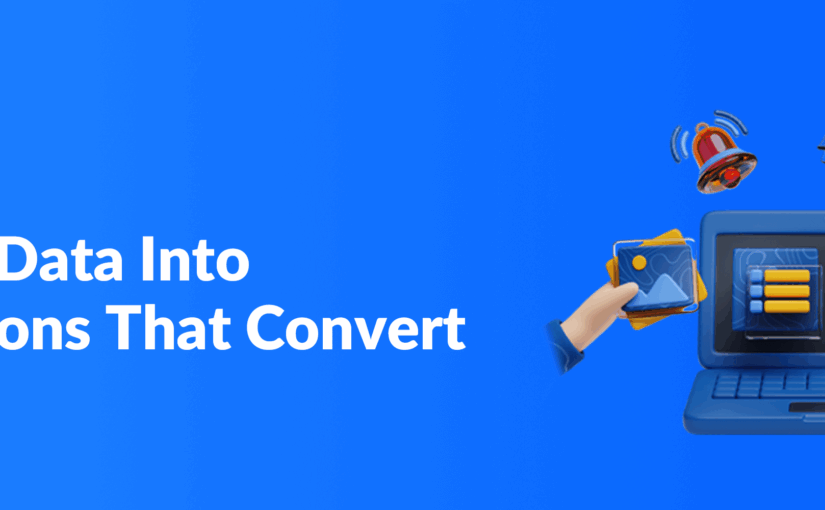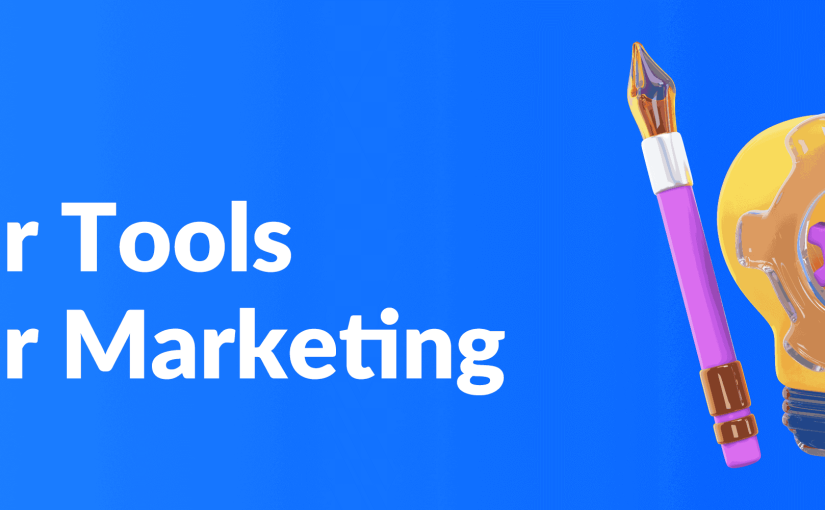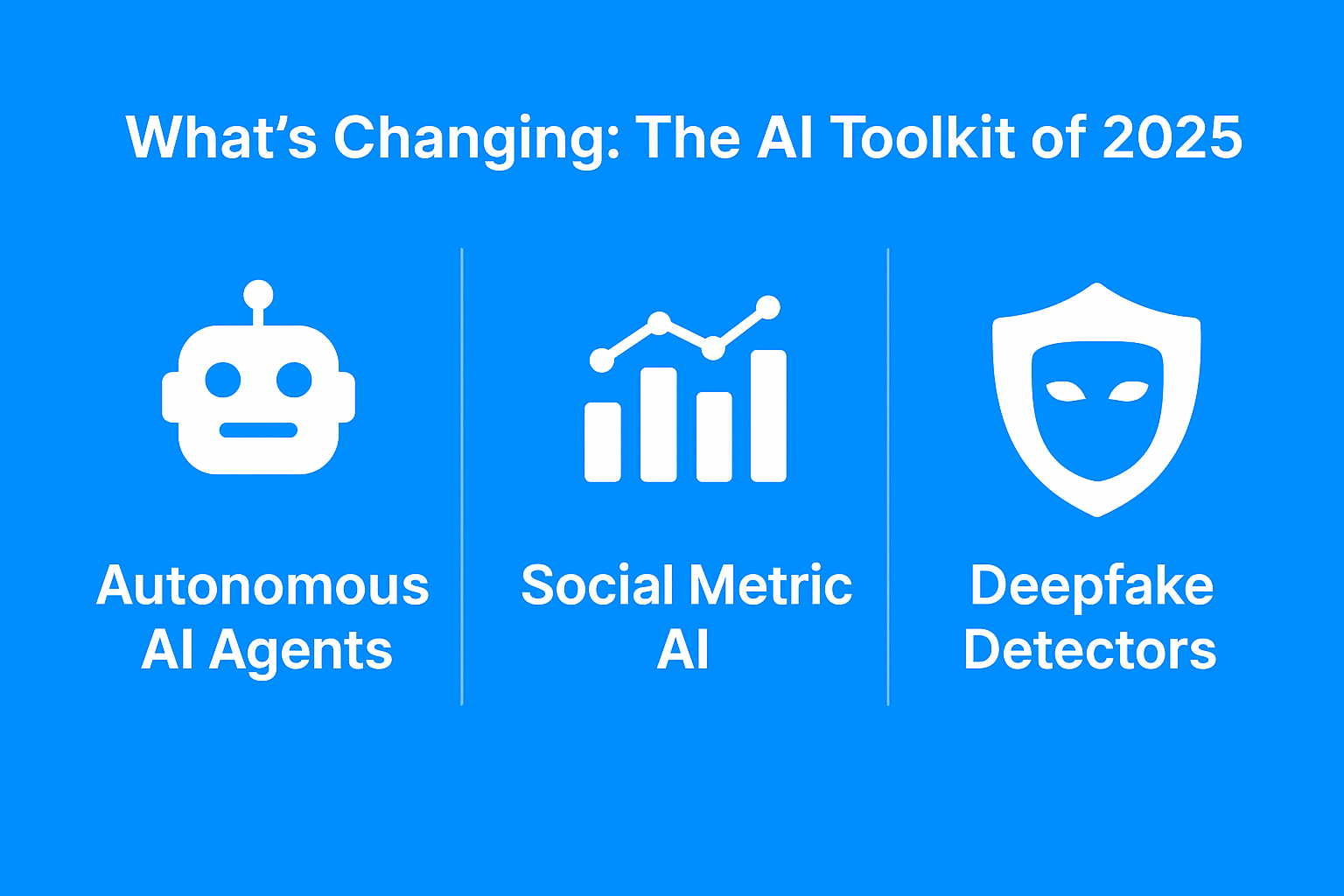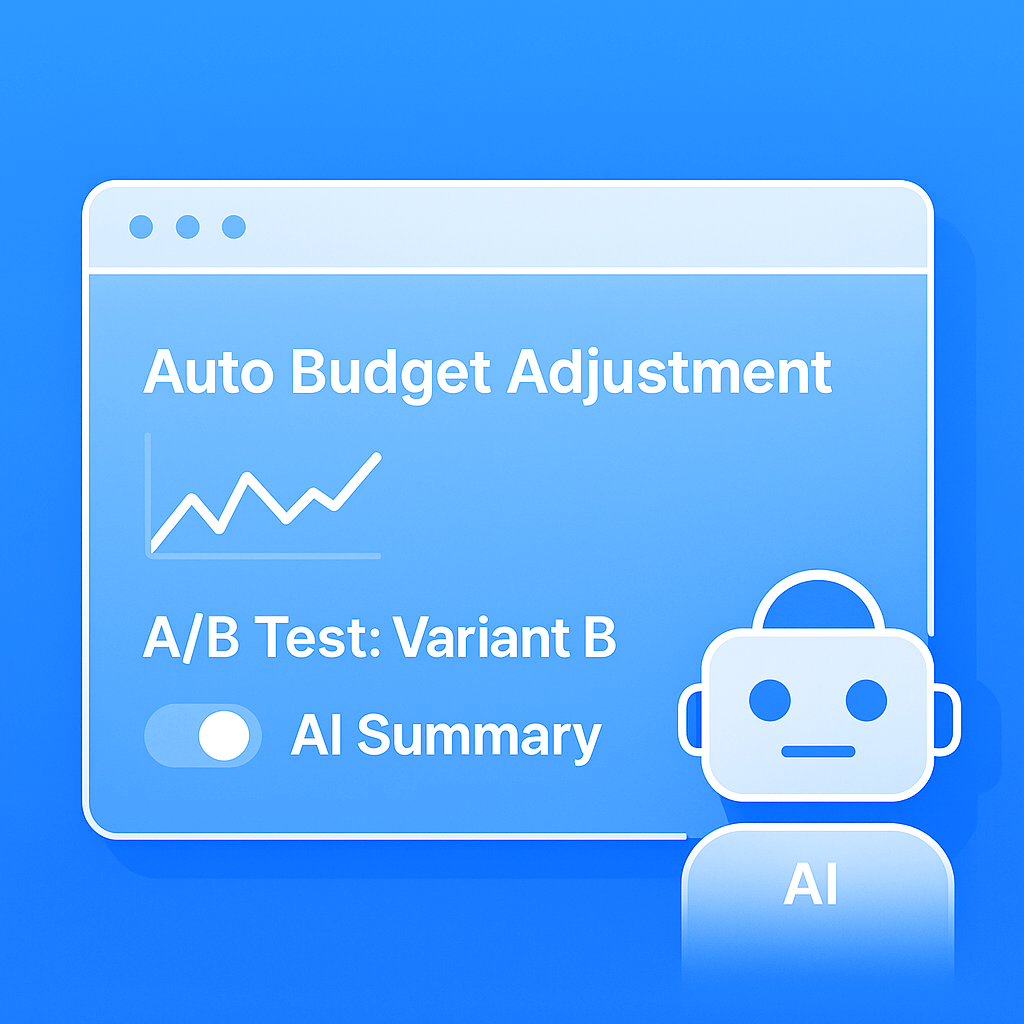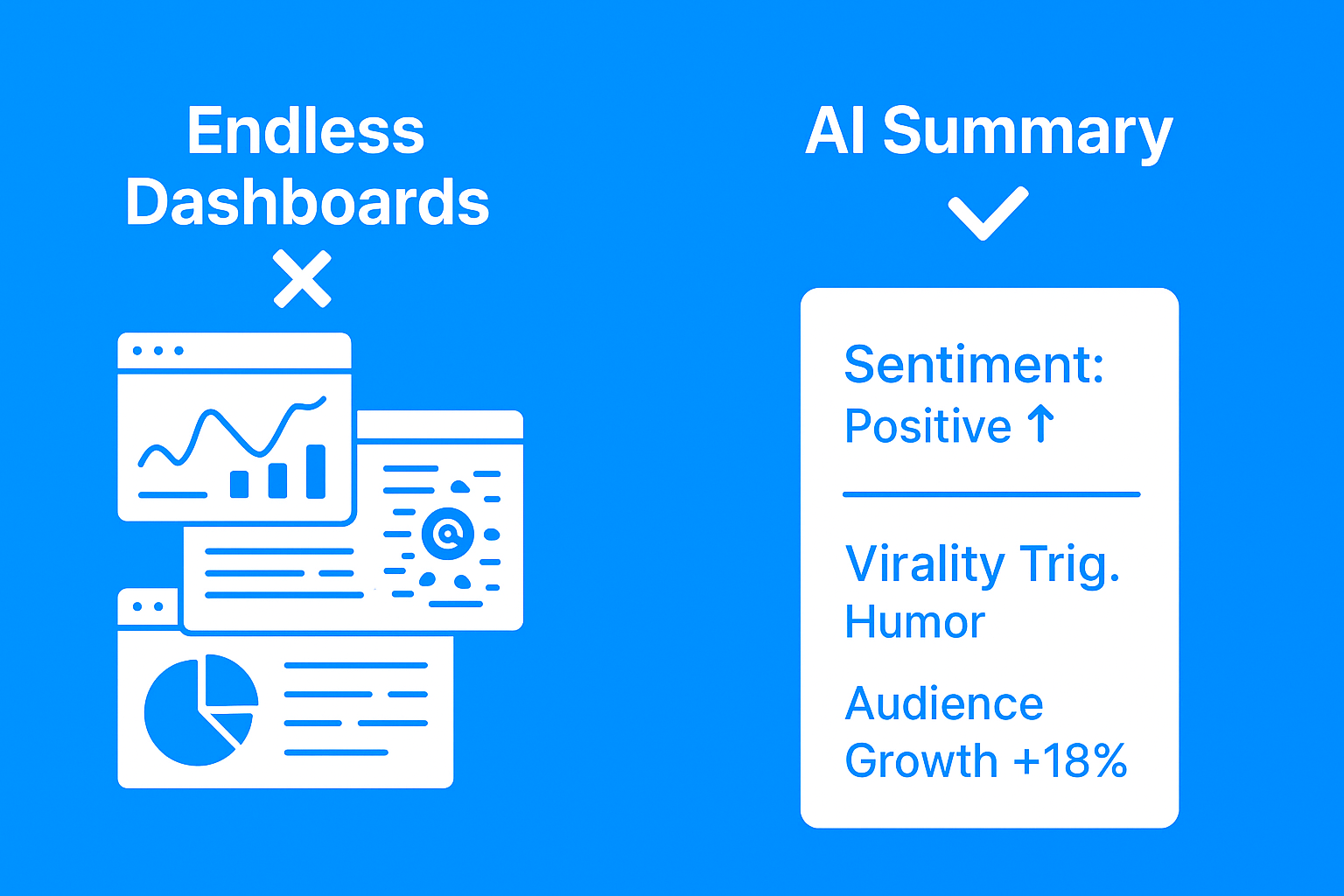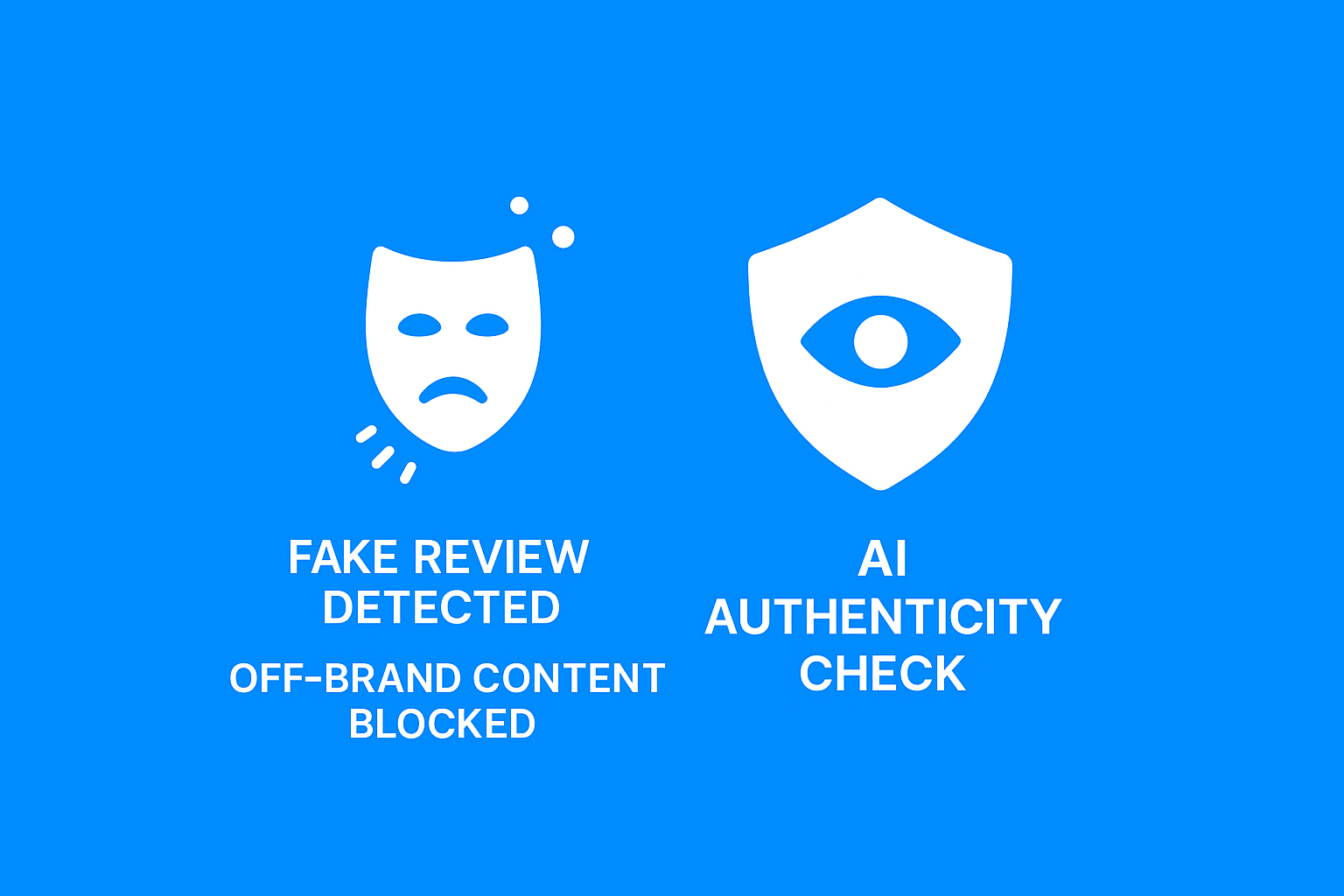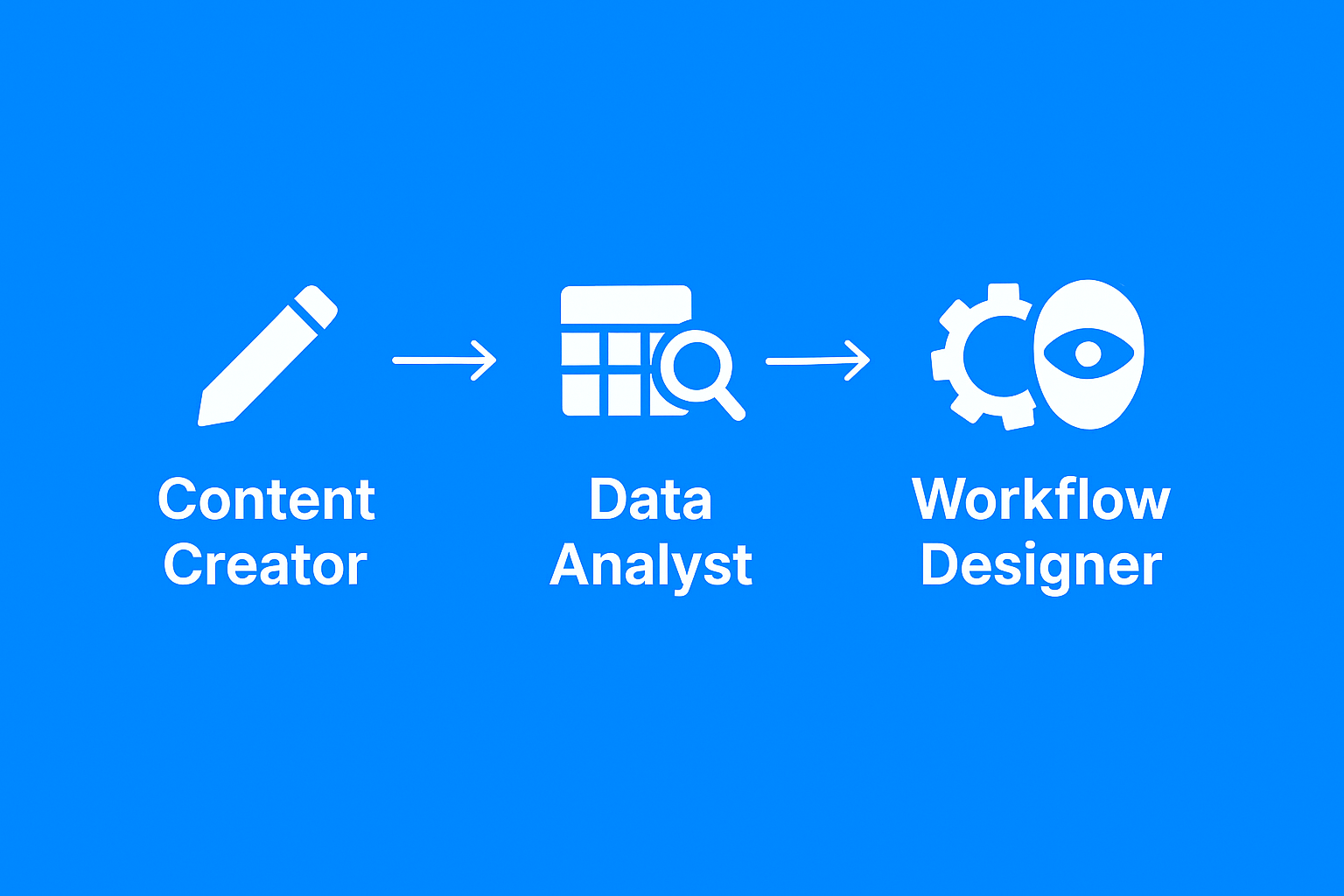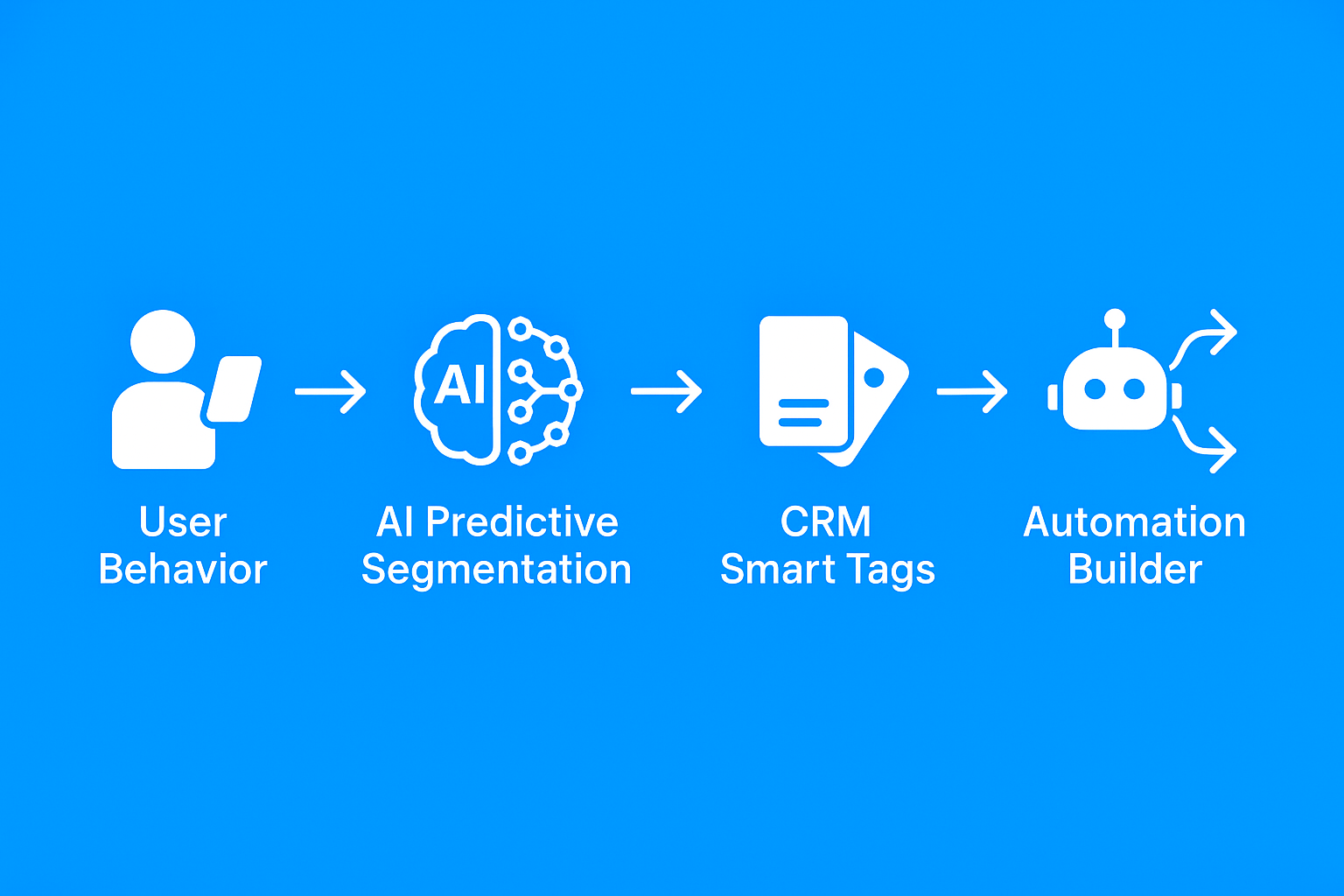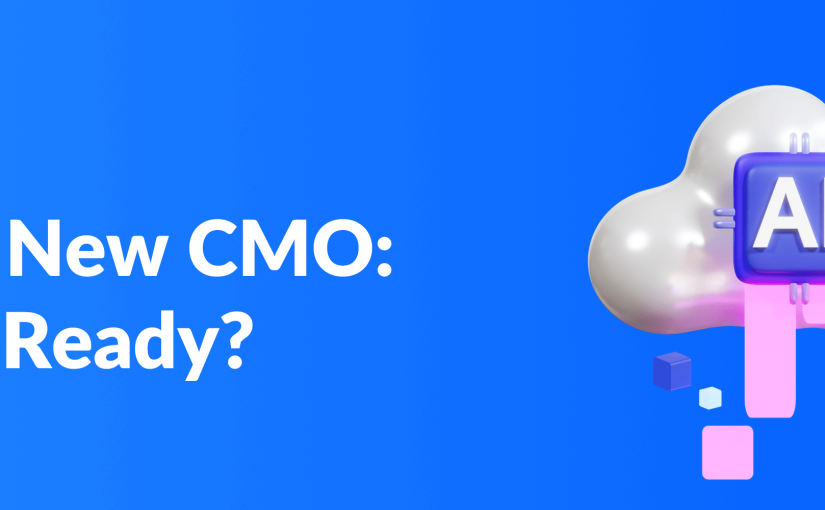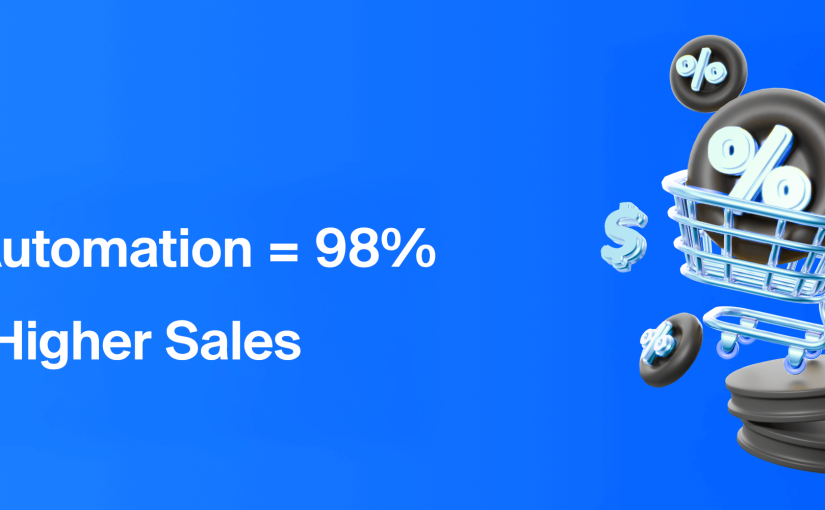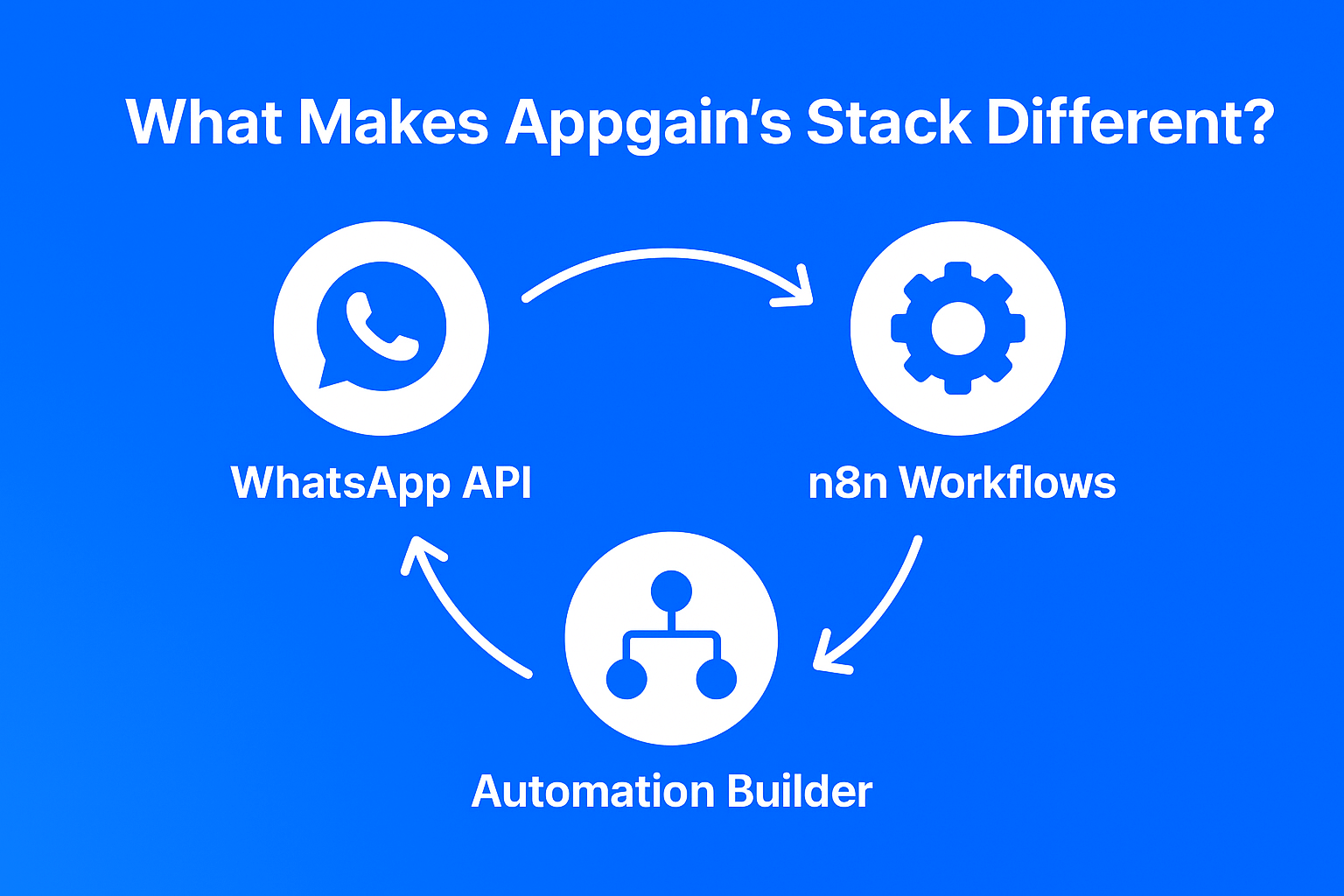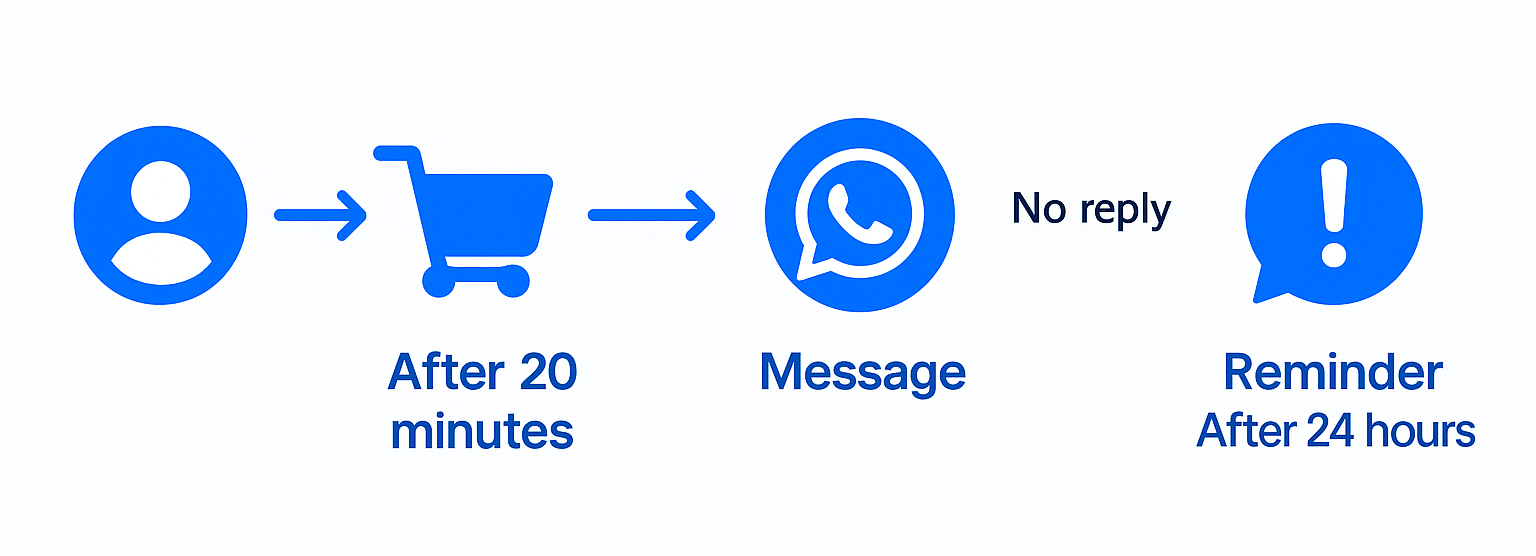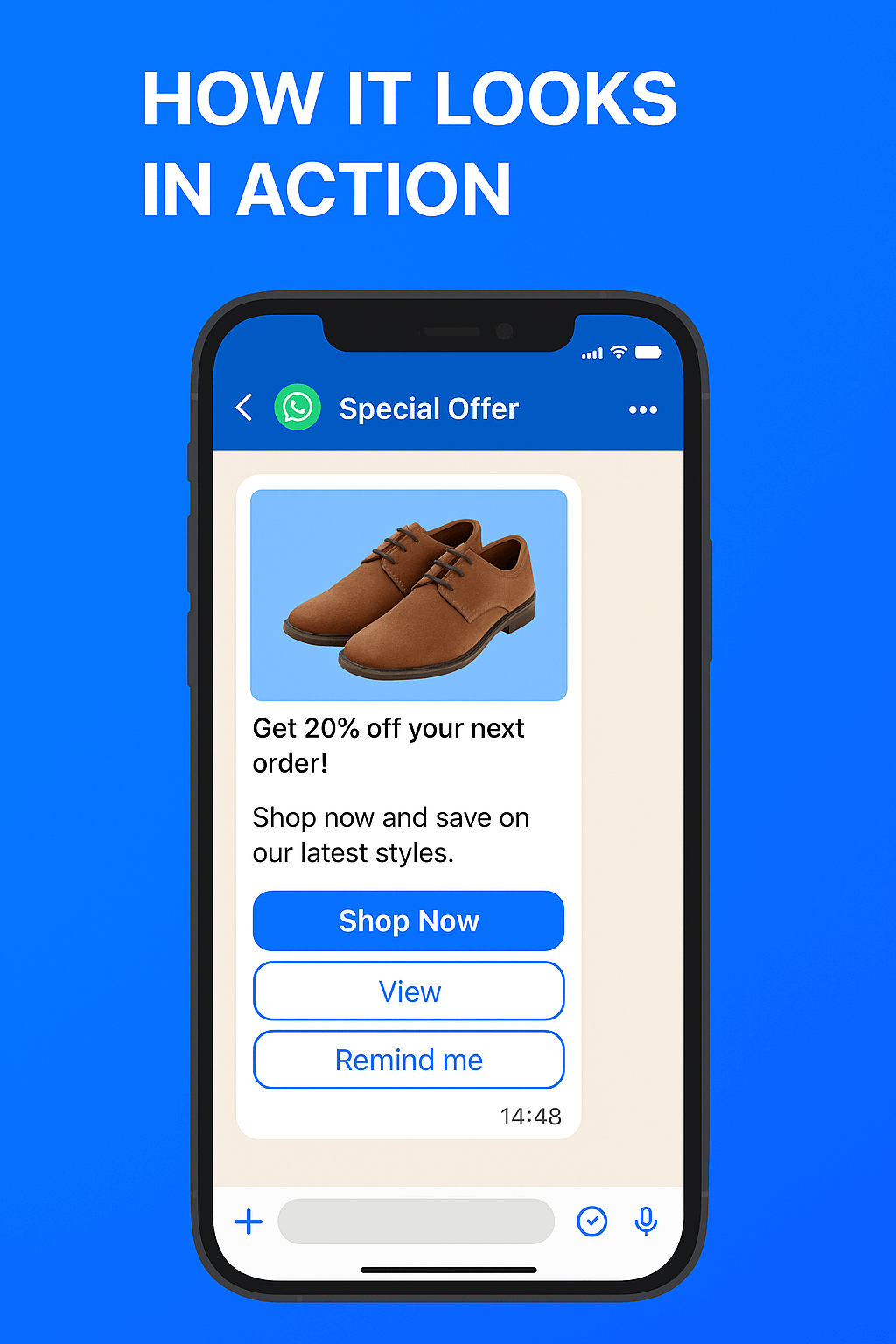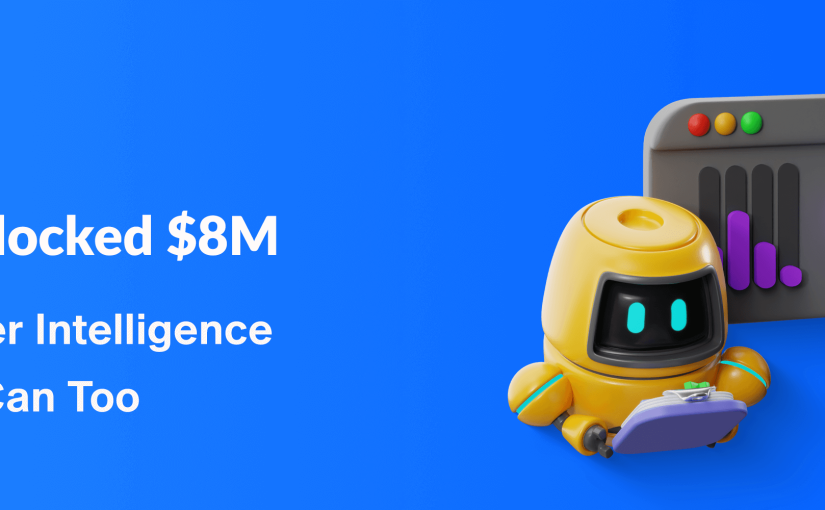Most businesses today hold large volumes of customer data inside their CRM systems, yet very few unlock its true potential. This is where WhatsApp Campaign Automation becomes essential. By activating real-time, behavior-based messaging, businesses can engage customers instantly based on actions, intent, or inactivity.
When a customer browses, abandons a cart, or stops engaging, automation ensures the next step happens immediately. With Appgain’s WhatsApp API combined with n8n’s no-code workflows, marketing teams can build a complete automated funnel that moves customers from CRM to WhatsApp in a seamless, conversion-driven journey.
The Challenge: Fragmented Marketing Execution
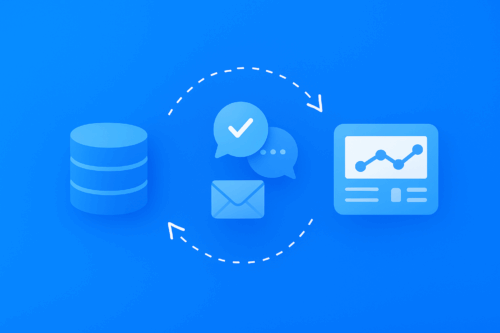
In many companies, marketing operations are spread across disconnected tools:
-
CRM platforms store customer data
-
Messaging tools handle communication
-
Analytics tools measure engagement and performance
This fragmentation leads to delays, inconsistent messaging, and missed sales opportunities. Without WhatsApp Campaign Automation, customer journeys become slow and heavily dependent on manual steps.
The Solution: A Fully Automated WhatsApp Funnel
By integrating Appgain with n8n, teams can activate CRM data instantly and send personalized WhatsApp messages in real time. This solution connects the entire customer journey inside one workflow:
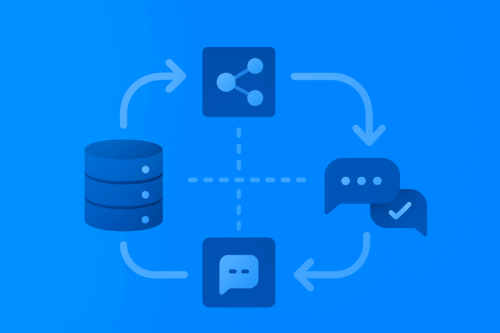
-
Import CRM contacts
-
Build audience segments
-
Trigger automated campaigns
-
Deliver messages instantly
-
Track opens, clicks, and conversions
-
Push insights back into the CRM
This approach transforms static data into an active communication engine.
How WhatsApp Campaign Automation Works
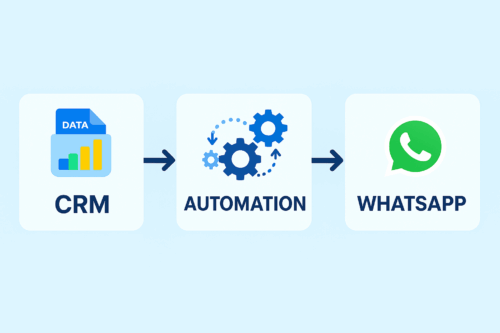
1. Import CRM Contacts Into n8n
Use native connectors or an API to sync contacts directly from your CRM into the workflow.
2. Segment Customers Based on Behavior
Create dynamic segments based on activity, lifecycle stage, geography, purchases, or product interest.
3. Build Campaign Logic
Examples of automation rules include:
-
If a cart is abandoned for 48 hours, send a WhatsApp reminder
-
If a customer is inactive for 14 days, trigger a re-engagement message
-
After a purchase, send a thank-you message or referral offer
4. Deliver Messages via Appgain’s WhatsApp API
This includes images, buttons, product recommendations, and dynamic personalization fields.
5. Track Performance in Real Time
Monitor delivery rates, message opens, clicks, and conversion events. Feed this performance data back into the CRM to continually improve segmentation and targeting.
Real Example: Automated Drip Campaign for E-commerce
A fashion retailer implemented a fully automated seven-day WhatsApp campaign using Appgain and n8n:
-
Day 1: Identify and segment VIP customers
-
Day 2: Send early access to new arrivals
-
Day 3: Deliver exclusive limited-time discount
-
Day 6: Trigger low-stock reminders
-
Day 7: Send thank-you message with referral incentive
Results included:
-
A 47 percent increase in click-through rate
-
A three-times higher conversion rate compared to email
-
A 30 percent drop in customer support tickets due to automated responses
This shows the power of WhatsApp Campaign Automation when CRM data is activated instantly.
Why WhatsApp Campaign Automation Works
Faster Execution
Campaigns can be created and deployed within hours rather than weeks.
Hyper-Personalization
Messages respond to customer behavior in real time.
No-Code Simplicity
Marketers can build workflows without engineering involvement.
Scalable Performance
A single automated workflow can serve thousands of customers simultaneously.
For deeper workflow examples, see n8n’s official documentation at:
https: // n8n . io
Additional Resources
For deeper workflow examples and automation best practices, you can explore the official n8n resource at n8n.io.
If you want to learn more about the value of WhatsApp-first communication, check our internal guide on WhatsApp-first strategies available on the Appgain blog.
Conclusion
Customer data becomes valuable only when activated at the right moment with the right message. Through WhatsApp Campaign Automation using Appgain’s WhatsApp API and the automation power of n8n, businesses can build continuous, personalized communication that boosts engagement and accelerates revenue.
This is not just marketing automation.
It is a complete customer conversion engine.
From CRM to customer, every step becomes part of one automated, intelligent loop — where data turns into real conversations, and conversations turn into growth.
Ready to Market Like It’s 2025?
Unlock real-time, AI-powered WhatsApp campaigns and turn your CRM data into conversations that convert.
With Appgain, you can launch your first automated WhatsApp journey in under 10 minutes — no engineering, no complexity.
